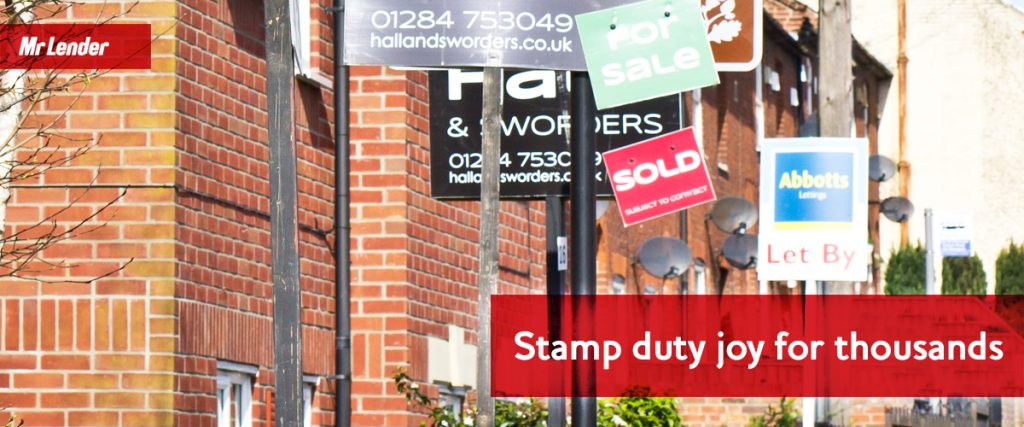Yesterday, Chancellor George Osborne gave his Autumn Statement to Parliament; the final one before the next General Election. The big bonus from a consumer’s perspective was the announced changes to stamp duty which came into effect today (from midnight).

Until now, stamp duty has always been a major issue and expense for all home buyers across the UK. The way it was structured meant that many were penalised due to the trigger points set.
Previous stamp duty bands were as follows:
- 0% on property purchased up to £125,000
- 1% from £125,000.01 to £250,000
- 3% from £250,000.01 to £500,000
- 4% from £500,000.01 to £1,000,000
- 5% from £1,000,000.01 to £2,000,000
- 7% on property purchases of £2,000,000.01 and above
If you bought a property for £250,000 up until 3 December you would have paid £2,500 in stamp duty. However if that property cost you just a penny more, your stamp duty would have more than trebled to £7,500.03.
What the changes mean
Now stamp duty works much the same way as income tax, in that you’re only taxed on portions between the bands. The new structure is:
- 0% on property purchased up to £125,000
- 2% between £125,000.01 and £250,000
- 5% between £250,000.01 and £925,000
- 10% between £925,000.01 and £1,500,000
- 12% on property of £1,500,000 and above
So taking an example, if someone bought property for £260,000 with the new regulations in force, they’d pay £3,000 in stamp duty. This would be broken down as:
£0.00 on the first £125,000
£2,500.00 between £125,000.01 and £250,000
£500.00 between £250,000.01 and £260,000.
Under the old system, there would have been a flat rate of 3% applied to the purchase price of £260,000 meaning stamp duty of £7,800. So in this example the home buyer is some £4,800 better off – a saving of almost 62%. Effectively the stamp duty rate comes out at 1.15% based on the property price
However, the changes don’t benefit everyone. Properties costing the most are now hit with a much higher stamp duty charge.
For instance a property costing £2,500,000 would have previously resulted in stamp duty of £175,000 (7% of the property price). Under the new regulations the much higher rate at the top of the scale will see that stamp duty rise to £213,750 – effectively 8.55% of the property price.
With the average UK house price at around £186,000 the majority of home buyers stand to benefit from the changes in stamp duty. At Mr Lender we wholeheartedly approve of measures such as these; stamp duty has always been considered a ‘bad’ tax so the new rates finally ease the burden on those buying a home.
Mr Lender is a leading UK-based short-term credit provider. We provide payday loans and short-term loans of up to £1,000, repayable up to six months.
Warning: Late repayment can cause you serious money problems. For help go to moneyadviceservice.org.uk
